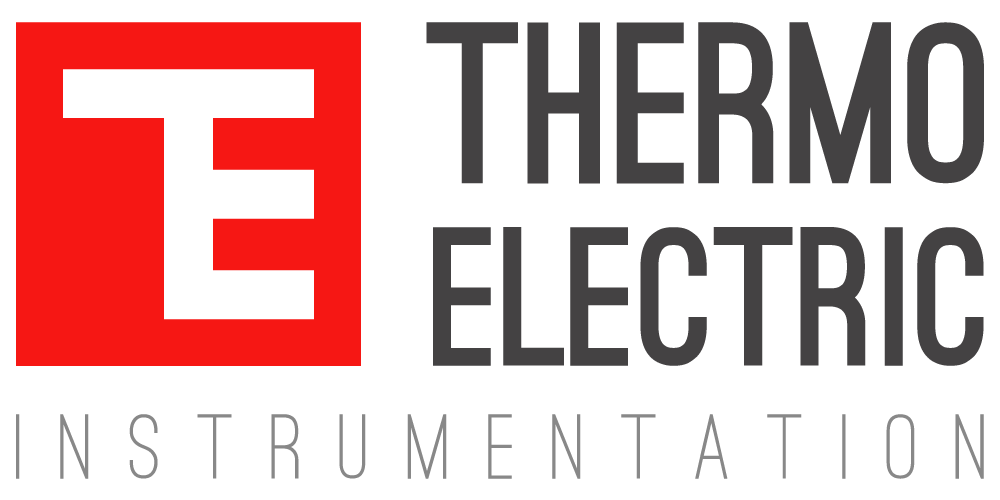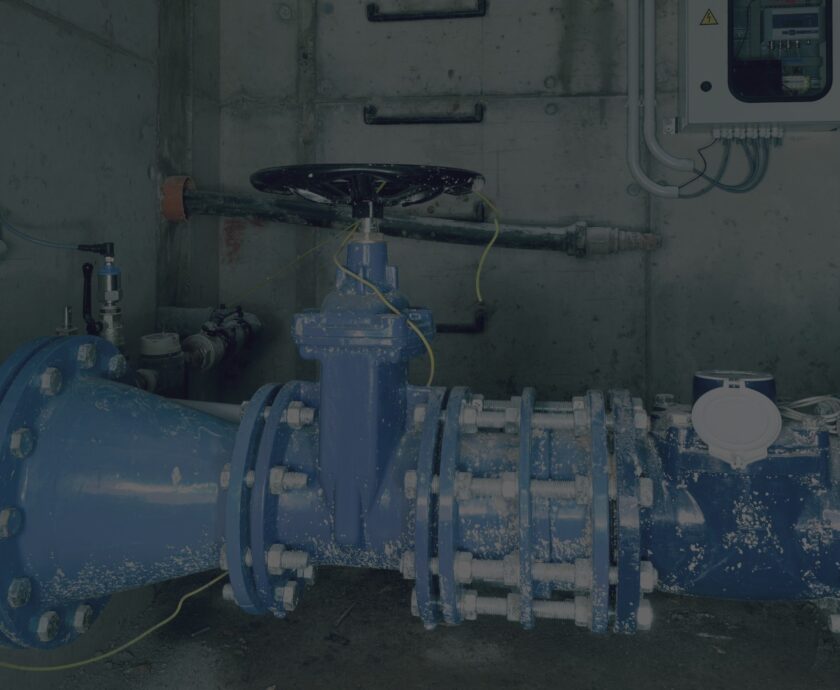Wake frequency calculations play an important role in making sure that thermowells in industrial settings can withstand the tough conditions they are designed for. In this article, we’ll discuss how these calculations are critical to the design and specifications of thermowells, ensuring they measure fluids accurately and reliably and perform as required. Let’s dive into why these calculations are so important and how they impact thermowell design.
Thermowells are utilised in many sectors, particularly in temperature measurement for fluid processes. They’re used extensively in industries such as chemical, petrochemical, refineries, natural gas pipelines, and heat recovery steam generators (HRSGs). The primary function of a thermowell is to provide a sealed environment that protects the temperature sensor from the process medium while also allowing accurate temperature measurement.
Wake frequency calculations involve understanding the wake, or the Von Karman trail, created by the fluid flowing past a thermowell. This wake is characterised by a series of vortexes shedding from alternate sides of the thermowell, creating oscillating lift and drag forces. These forces can cause vibrations, particularly when the wake frequency approaches the natural frequency of the thermowell. Such vibrations, if not properly accounted for, can lead to resonance and potential mechanical failure of the thermowell.
There are several factors that influence wake frequency calculations. These include:
- The velocity of the process liquid
- The density and viscosity of the media
- The operating pressure and temperature
- The dimensions of the thermowell itself.
All the process parameters are important factors to calculate the frequency of the process. Without proper process data it has no use to perform a calculation. The thermowell’s geometry and materials are also important parameters.
Wake frequency calculations take into account various types of stresses that could cause thermowell failure. Such as:
- Frequency limits (making sure the thermowell’s resonance frequency is high enough to stop damaging vibrations)
- Static stress limits (from fluid pressure and non-oscillating drag forces)
- Dynamic stress limits (from oscillating drag and lift forces)
- Hydrostatic pressure limits (making sure the external pressure does not go over the thermowell’s pressure rating at operating temperature)
Over the years, standards for wake frequency calculations have evolved. We perform our calculations according to the ASME PTC 19.3 TW-2016 standard, which replaced earlier versions. This latest standard employs advanced calculation methods and applies to thermowells machined from bar stock, including tapered, straight, and reduced-tip profiles.
If wake frequency calculations indicate potential issues, adjustments can be made to the thermowell design. Increasing the support diameter, increasing the tip diameter, and decreasing the insertion length. Such modifications aim to achieve a wake frequency ratio of 0.4 or 0.8, ensuring the thermowell’s reliability and effectiveness. If it’s not possible to use a standard design, it might be possible to change the profile to a helical strake design, This design is not within the scope of the ASME PTC 19.3 TW-2016 standard, but literature shows that this design reduces vortexes by 90%.
Thermo Electric Instrumentation has been a significant partner to the industry in providing thermowell design and manufactured solutions since 1967. We provide detailed wake frequency calculations as part of our service, ensuring that thermowells meet the required standards and perform optimally in their intended applications. As part of these calculations, we can also provide you with a comprehensive technical report with results and observations if you wish.
We hope this article has provided you with some insightful information, in particular, how wake frequency calculations are a vital component in the project design and specification phase.
The huge application of thermowells and how these calculations come into play applies to numerous industries where fluid process control is critical, emphasising the importance of maintaining operational safety and efficiency.
If you would like to discuss this or any of our temperature sensing products, or even our calibration service, then please do not hesitate to contact one of our technical sales team members, who are waiting to help!




